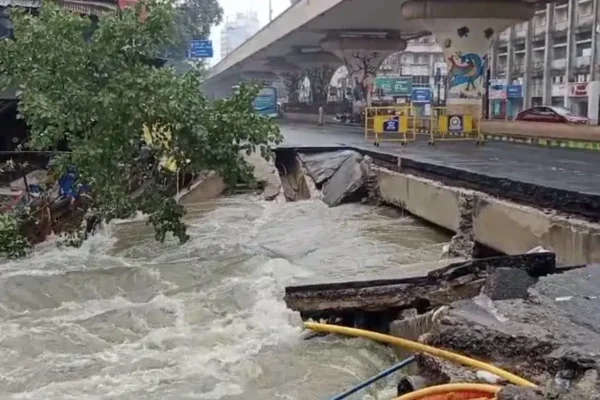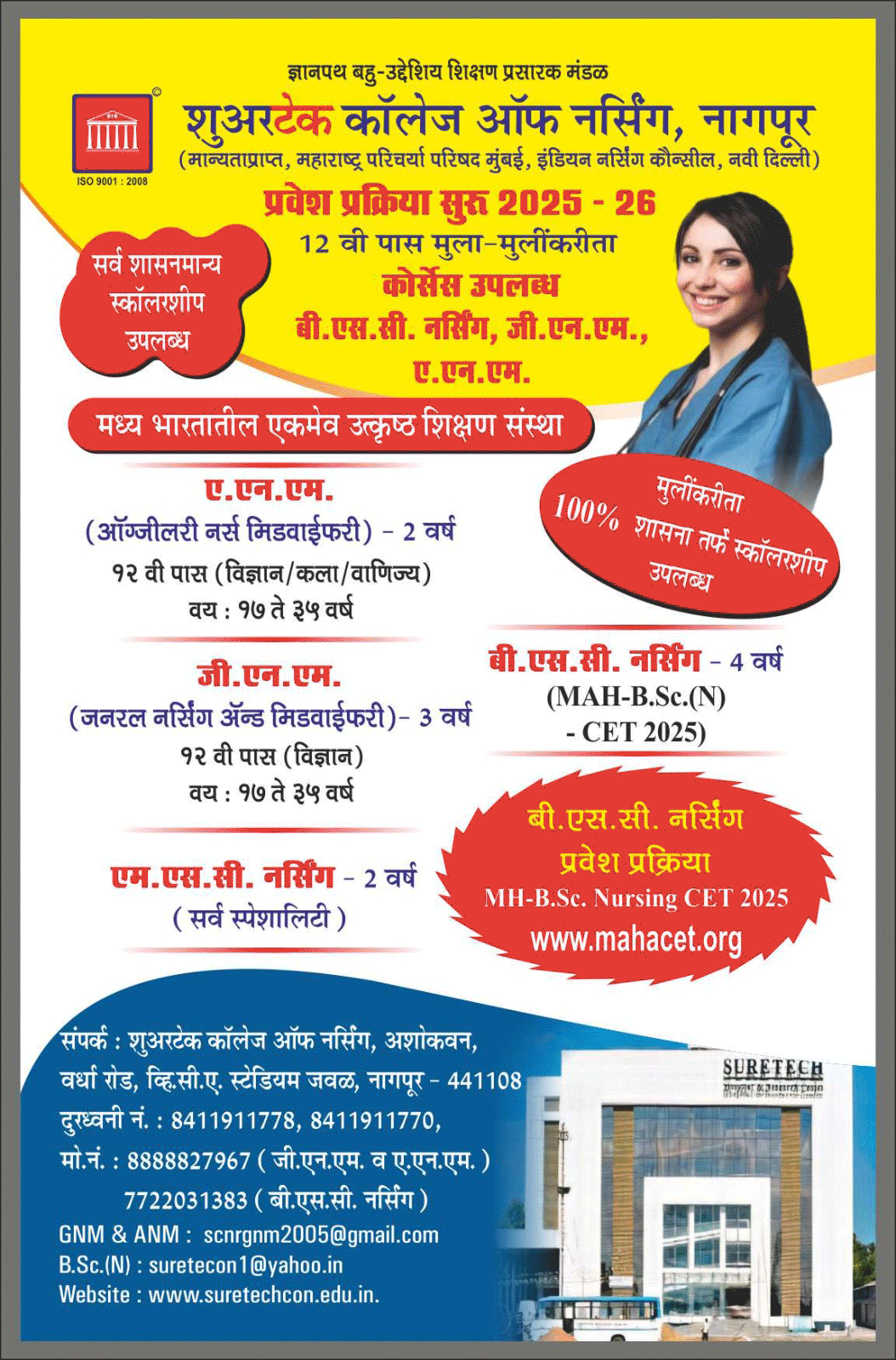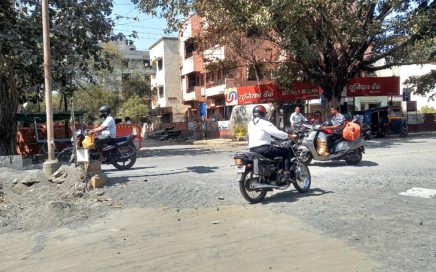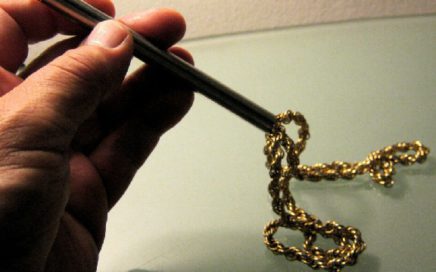
Nagpur: A fresh revelation has emerged regarding the devastating September 23, 2023, Ambazari flash floods, which submerged over 25,000 houses in Nagpur. The Central Water and Power Research Station (CWPRS), Pune, has concluded in its interim report that the Swami Vivekananda statue and its pedestal at the lake’s mouth were not responsible for the disaster. Instead, the report identifies a low-lying bridge restricting water flow as the primary cause of the severe flooding. The findings, submitted to the Nagpur Municipal Corporation (NMC), mark a significant shift in the narrative surrounding the flood’s origins.
Nagpur Municipal Corporation Commissioner and Administrator Abhijeet Chaudhari confirmed submission of the report. “The 10-page interim report, based on mathematical models and hydraulic analysis, highlights that the narrow passage under the bridge prevented excess water from flowing freely, creating a bottleneck that caused the floodwaters to spill over,” said an official privy to the development.
On September 23, 2023, a flash flood hit the downstream of Ambazari dam, especially in localities situated alongside the Nag River.
The issue of flooding in Ambazari basin is also under scrutiny by the Nagpur Bench of Bombay High Court on a Public Interest Litigation (PIL) filed by flood-affected residents. The PIL calls for removal of encroachments, including Swami Vivekananda statue, terming the September 23 disaster as a man-made crisis.
Residents earlier claimed in the High Court that apart from encroachments and narrow Nag riverbed, the statue and its pedestal blocked flow of overflowing Ambazari Lake water, causing downstream flooding of multiple localities. They also pointed out that the spillway’s discharge capacity is 320 cubic meters per second, but the statue’s placement — 4.2m from the spillway’s edge — restricted water flow. The spillway channel width adjacent to the statue is only 5.7m, while 60 square meters is needed to maintain proper water velocity.
In 2024, the Vidarbha Irrigation Development Corporation (VIDC) and the Irrigation Department proposed a detailed study to determine whether the statue obstructed water discharge. The department asked Nashik-based Maharashtra Engineering Research Institute (MERI) to conduct a hydrological study to assess the impact of Swami Vivekananda statue on water flow. Additionally, based on the irrigation department’s suggestion, the NMC sought a post-flood study from CWPRS.
Acting swiftly, the NMC and state PWD demolished the old narrow bridge and constructed a new bridge with improved water passage. NMC officials said further simulations and analysis will be conducted before the final report is released. Experts believe this study will provide crucial insights into necessary infrastructure improvements and flood prevention measures for the Ambazari basin.
















